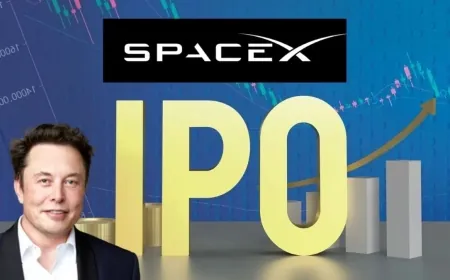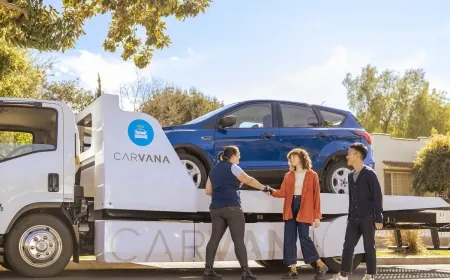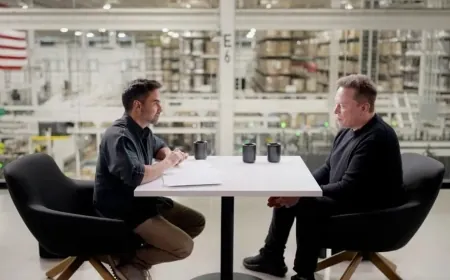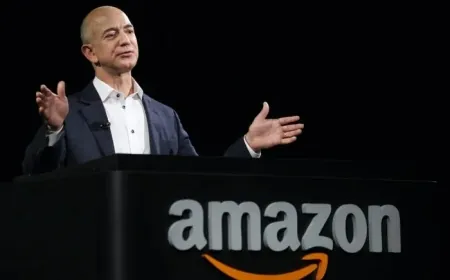Trump’s ‘Big, Beautiful Bill’ Threatens to End EV Tax Credit, Impacting Electric Vehicle Affordability
The proposed ‘Big, Beautiful Bill’ aims to end the federal EV tax credit early and add fees for electric and hybrid vehicles, potentially raising prices for buyers nationwide.

President Donald Trump’s recently introduced “Big, Beautiful Bill” includes significant changes to electric vehicle (EV) incentives, proposing an accelerated end to the federal EV tax credit and introducing new annual fees for electric and hybrid vehicle owners. These developments could have far-reaching impacts on EV adoption across the United States.
Federal EV Tax Credit Set for Early Termination
The federal EV tax credit, established during the Obama administration, offers buyers up to $7,500 in tax relief to encourage the purchase of electric vehicles. This incentive has been a critical factor in making EVs more affordable, helping to boost sales amid higher sticker prices compared to traditional gasoline vehicles.
Under current law, this credit is scheduled to expire on December 21, 2032. However, the “Big, Beautiful Bill” proposes to terminate the credit earlier, on December 31, 2025. If passed, this change would eliminate the tax credit for EV buyers starting in 2026, potentially reducing the affordability of electric vehicles.
New Annual Fees Could Increase Ownership Costs
The bill also includes provisions for new annual fees on EV and hybrid vehicle owners to offset lost revenue from gas taxes, which fund transportation infrastructure projects. According to the proposal, electric vehicle owners would face a $250 annual fee, while hybrid vehicle owners would pay $100 per year.
Transportation experts warn these fees could deter potential buyers and slow the momentum of EV adoption, especially given that many EV models still carry premium prices.
Impact on Consumers and the Automotive Market
Industry analysts express concerns about the proposed changes. Emily Harris, an automotive market expert, noted, “Removing the federal tax credit could significantly slow EV market growth, which relies on incentives to remain competitive with traditional vehicles.”
For example, the Chevrolet Equinox EV costs around $33,600 before taxes and fees. Without the $7,500 tax credit, the vehicle’s effective cost rises substantially, potentially placing it beyond the reach of many middle-income buyers.
Political Background and Environmental Implications
President Trump has been critical of the Biden administration’s electric vehicle policies, arguing that mandates to electrify automakers’ fleets threaten jobs in the traditional auto sector. Although these claims have been disputed by independent fact-checkers, Trump’s stance aligns with his continued support for the oil and gas industry.
The rollback of EV incentives could affect national goals for reducing greenhouse gas emissions. Transportation is currently responsible for nearly 30% of U.S. carbon emissions, and EV adoption is a key strategy in meeting climate targets.
Challenges in Infrastructure Funding
The proposal’s introduction of fees aims to address declining fuel tax revenues due to increased EV usage. However, some experts caution that flat fees may not fairly reflect actual road usage.
“Flat fees could disproportionately impact drivers who use their EVs less frequently,” said Dr. Raj Patel, a transportation economist. “A usage-based fee system may be fairer but is more difficult to implement.”
What Potential Buyers Should Consider
-
The tax credit’s accelerated expiration means buyers should evaluate the timing of their EV purchases.
-
State and local incentives may continue to provide financial relief.
-
Prospective buyers should assess the total cost of ownership, including potential new fees and charging infrastructure expenses.
-
Despite policy changes, EVs offer benefits such as lower maintenance and fuel costs that may offset upfront expenses over time.
Impact on Buyers and the Auto Industry
If the “Big, Beautiful Bill” becomes law, the early elimination of the federal EV tax credit and the introduction of new annual fees for electric and hybrid vehicle owners could significantly change the affordability equation for consumers. This shift may slow the rapid growth of EV sales, particularly among budget-conscious buyers who rely on these incentives to make electric vehicles more accessible.
For automakers, the proposed changes raise concerns about future demand and production plans, especially as the industry is still navigating a major transition toward electrification. Manufacturers could face challenges balancing higher prices with consumer demand, potentially delaying investments in new EV models or technologies.
Consumers interested in electric vehicles should stay informed about these legislative developments and consider current incentives before making a purchase. Additionally, state and local rebates may still provide financial benefits, but the overall landscape is likely to become more complex and costly.





























































